|
Today is Remembrance Day in my native Netherlands. Tomorrow will be Liberation Day (and my mum's birthday!), but today is a day of grief and compassion. And this year, my family will remember a very special little girl. Her name was Christa Bamberg. She was not a soldier, nor Jewish, nor Roma, nor an enemy of the state. She was a little German girl killed by the Nazis. You might find her story confusing and disturbing; it isn't often told. And I am very grateful to textile artist Caren Garfen for including Christa's story in her powerful Star Witness project. I've been following Caren Garfen for a while and have always been greatly moved by her art. Some of you might know her project with all the little beds. It is called 'Room for improvement` and draws attention to the fact that there are not enough beds in the UK to help all young people who suffer from eating disorders. Although this is a growing horrible condition in the Western world with all its pressures. Several months ago, Caren started to post updates on her latest installation. Hand-sewn yellow cloth badges in the form of the infamous Judenstern. Each star features a story. From the past, but maybe even more chilling: from the present. Anti-semitism isn't dead. In her post on the 25th of February, Caren shared stars on the stories of the 1,5 million Jewish children that were murdered by the Nazis. For me, it called to mind Christa's story and I asked Caren if she would be willing to include it in her Star Witness project. Even though Christa was not Jewish. I and my family are very grateful that Caren said yes. Christa Bamberg was born on the 8th of January 1938 in Erfurt, Germany. She contracted meningitis at the age of three and as a result, became mentally disabled. The Nazis had very strong opinions on who was 'fit' for life. Mentally disabled people were not. At some point after June 1941, Chista was taken by force from her family and sent to Uchtspringe mental asylum. From 1940 onwards, this asylum was used for research on the genetics of mental disability. It had a special ward for children. Tötungsärtzte (=killing doctors) Hermann Wesse, his wife Hildegard Wesse and Gerhard Wenzel actively killed many children or ordered the nurses to do so. Either by mixing their food with phenobarbital, a common drug used in the treatment of epilepsy in children, but fatal when given an overdose. Or children were given an overdose of morphine by lethal injection. Hermann Wesse spent 20 years in jail and repented, his wife Hildegard only about two years. She continued to work as a doctor and did not think she had done anything wrong by killing mentally disabled children and women. Gerhard Wenzel was not in jail, did never repent and continued to work as a doctor. Christa was killed on the 18th of January 1945, ten days after her seventh birthday. Was it Hermann? Hildegard? Gerhard? or an unnamed nurse? How is Christa related to me? Christa is my father's niece and my grand-father was her uncle. That might sound far, far away and long ago. However, I know Christa's brother quite well as Klaus-Dieter and his wife Doris have regular contact with my parents. After all, Klaus-Dieter is my father's cousin. Klaus-Dieter was born on the 2nd of December 1944 and never knew his sister. We have not told him about Christa being included in Caren's Star Witness project as we fear that he will be unable to cope.
Originally, I was going to include a few other family stories with Christa's story. Before Corona, I and my parents would have spent last week on holiday in Rappelsdorf, the village in Thuringia where my grandfather was born. Enroute to Rappelsdorf, I and my husband were going to visit the war grave of my grandfather's youngest brother Erwin. He was a radio operator with the Wehrmacht. As a result of being shot, he died on the 30th of July 1945 aged only 21. And he was Christa's uncle too.
13 Comments
There are quite a few embroidery exhibitions going on at the moment or coming up in the near future. As I am going to all of these (in the name of CPD!), you will all have the opportunity to read about them on this blog. However, with this advance notice, some of you might be able to go an visit yourselves! First up is an embroidery exhibition in Trient, Italy. Until the third of November, 40 vestments from all over Northern Italy and dating to the second half of the 15th to the first decades of the 16th century are shown in the Castello del Buonconsiglio. There is also a catalogue available. As some were specially restored for this exhibition, it is surely going to be a treat! From the 24th of October till the 20th of January 2020, there is an exhibition on medieval embroidery on at the Museum Cluny in Paris. You can find the general press release here and a full list of high-lights with pictures here. And last but not least: our 'own' exhibition in London from the 12th till 17th November! My piece of Pope Francis will be joined by many, many amazing pieces from a great number of contemporary embroidery artists from all over the world. An opportunity not to be missed!
As you probably know, I am a member of the Fiber Art Network. Not only do they sent informative newsletters once a week, but they also produce the magazine 'Fiber Art Now'. Periodically, I peruse the latest issues to search for embroidery art which captivates me. Here are my latest discoveries: Sherrell Cuneo's 'Mourning Gown' was selected for the exhibition Excellence in Fibers IV in the category wearables. It immediately caught my eye as the gown has a LOT of hand-stitched lettering on it. It says things like: 'Ending', 'extinct mammals' & 'August 12, 1883'. The dress chronicles the more recent extinction of species. This is what Sherrell writes on her website about the Mourning Gown: "The Mourning Gown is a simple gown with incredibly long sleeves and a hem, seen from above, in the shape of an equal armed cross. It is made of old muslin with somewhat tattered dagged edges. Encircling the neck it reads “She cries as each dies…” There are thoughts on extinction, the definition of the word ending, the lyrics to Moondog’s ‘All Is Loneliness’, and a circle dance prayer at the womb. But mostly it is an ongoing list of the names of relatively recent extinctions. I have tried to separate somewhat taxonomically. It has occurred to me that in embroidering a name I am perhaps spending more time on some of these species than has been spent in a very long time." She adds in the magazine: 'The gown will be done when all of the dress is covered, as the extinctions continue to go on at an alarming rate'. Very thought provoking indeed! Although not embroidery, the colourful work of Bisa Butler really captured my eye! There is so much to see in each of her quilts. They are so full of life. Bisa uses old black-and-white photographs to make her compositions. Each piece is extensively researched and incorporates aspects of her own multi-racial background.
Only about eight months ago, I would have staged my finished goldwork piece the minute I had put the last stitch in. I would have opened Instagram and take the perfect picture. I would have spent some thought on the right description to go with the picture. Which hashtags would generate the most traffic? And then I would have stayed awake for at least another 30 minutes to be able to answer to the first reactions coming in. All in the name of generating more traffic to my Instagram account and ultimately to my website and my webshop. BUT, it was already far past midnight when I finished Francis. AND I had worked my body to the brink of collapse over the past few weeks in order to make the deadline. So instead, I wished Francis goodnight, turned off the lights in my studio, brushed my teeth in the dark so as not to wake my dear husband and then slipped carefully between the covers for a well-deserved rest. And after a good night's sleep, I didn't immediately write a blog post about the piece either. Francis has been mine alone for a whole other week! That's bliss in a society where we increasingly share our whole life the minute it happens. Hoping to generate as many likes as possible. One must be mad to step away from all the instant digital love :). Enough musings: here he is! Isn't he gorgeous? I love the over-the-top bling. It satisfies my inner magpie. For those of you who are interested in the technical aspects of the piece: no worries. I will write at least another blog post detailing how I came to this rather stunning end-result. But for now: enjoy the bling!
P.S. You can find the first three blog posts on this project by clicking the "Pope Francis" category on the right. I originally made the drawings for this new goldwork project at the end of September last year. But with the China teaching trip and the holiday season, I hadn't really started in earnest. As I want to include this piece in my first solo-exhibition in August, it became about time to seriously make a start. My first attempt was so 'enthusiastically', that I decided to pull it all out, flip my slate frame and start again. What had happened? My design transfer was just rubbish. As I have only a small light-box, transferring larger designs demands attention. The kind of attention to detail you don't have when you really, really want to start :). The good thing about starting again: the flipped slate frame! Most people probably don't know that you can use a slate frame upside-down; just like the Chinese embroiderers do. It comes with two big advantages. First: your arm rests on the horizontal bar of your slate frame rather than on your embroidery. Secondly: the horizontal bars of your slate frame prevent spools of thread from rolling off your frame. But beware: the second point might tempt you into putting much more onto the frame than is beneficial for the tension of your embroidered piece... This is what Pope Francis currently looks like. As we have had so much snow with the accompanying dark skies, couching silver coloured Japanese threads with two shades of white and two shades of grey is very hard on your eyes. That's why I decided to work the figure of Pope Francis and the background simultaneously. What materials and techniques have I used so far? The figure of Pope Francis is created with or nue. This means that I am using pairs of silver coloured Japanese Thread #8 and couch them down with a single thread of DeVere Yarns six-fold (120 denier) silk. I am using Crystal, Lily, Cloud and Foil. His shoes were stitched with satin stitch using a single strand of a stranded silk by the Silk Mill colour Black Alder. I embroidered the fringes on the fascia with Turkey rug stitch using DeVere Yarns 18-fold (360 denier) tightly twisted silk colour Hessian. After all the or nue has been done, I will add pearls for the buttons and I will define some folds by couching a separate metal thread on top. Much as I did with St. Laurence. As mentioned in my first blog post on this new goldwork project, I am modelling the background on an existing late-Medieval orphrey from the Netherlands. I started by putting in the tiled floor. For the tiles I used four colours of Chinese flat silk: two greens and two reds. Using the darker shades in the back creates a sense of depth. The tiles are stitched with a simple satin stitch following the grain of the fabric. Then I couched a single strand of Gilt smooth passing #5 on top using the matching colour of silk. Last but not least, I embroidered the grout with small chain stitches using two strands of the Silk Mill Black Alder. I had learned from St. Laurence to don't leave too big a space for the figure, that's why bits of the tiling will be covered by the figure. The small areas of blue sky at the top of the orphrey were embroidered using light-blue Chinese flat silk and long-and-short stitch. Evenly spaced single threads of Gilt smooth passing #5 were couched down on top using the same silk. Since late-Medieval embroiderers mainly worked in commercial workrooms, efficiency was important. Plunging threads? Far too time consuming! Just add a few more anchoring stitches at the end and just snip off the metal thread. In addition, metal threads would frequently continue to run underneath silk embroidery. Securing and snipping off takes more time than just stitch over them. I wondered how far you can take this approach :). The small bright-green turrets were just perfect candidates to try this out. I satin stitched the turrets with Soie Ovale by Au ver a Soie #0199. Then I added an outline of chain stitches using the Silk Mill Black Alder. You wouldn't know that there is passing thread running beneath them!
As this blog post is getting rather long, we will talk about the windows and the padding for the screen behind the figure in a future blog post. I will group all blog posts concerning this goldwork project under the category 'Pope Francis' for quick future reference. |
Want to keep up with my embroidery adventures? Sign up for my weekly Newsletter to get notified of new blogs, courses and workshops!
Liked my blog? Please consider making a donation or becoming a Patron so that I can keep up the good work and my blog ad-free!
Categories
All
Archives
July 2024
|
Contact: info(at)jessicagrimm.com
Copyright Dr Jessica M. Grimm - Mandlweg 3, 82488 Ettal, Deutschland - +49(0)8822 2782219 (Monday, Tuesday, Friday & Saturday 9.00-17.00 CET)
Impressum - Legal Notice - Datenschutzerklärung - Privacy Policy - Webshop ABG - Widerrufsrecht - Disclaimer
Copyright Dr Jessica M. Grimm - Mandlweg 3, 82488 Ettal, Deutschland - +49(0)8822 2782219 (Monday, Tuesday, Friday & Saturday 9.00-17.00 CET)
Impressum - Legal Notice - Datenschutzerklärung - Privacy Policy - Webshop ABG - Widerrufsrecht - Disclaimer

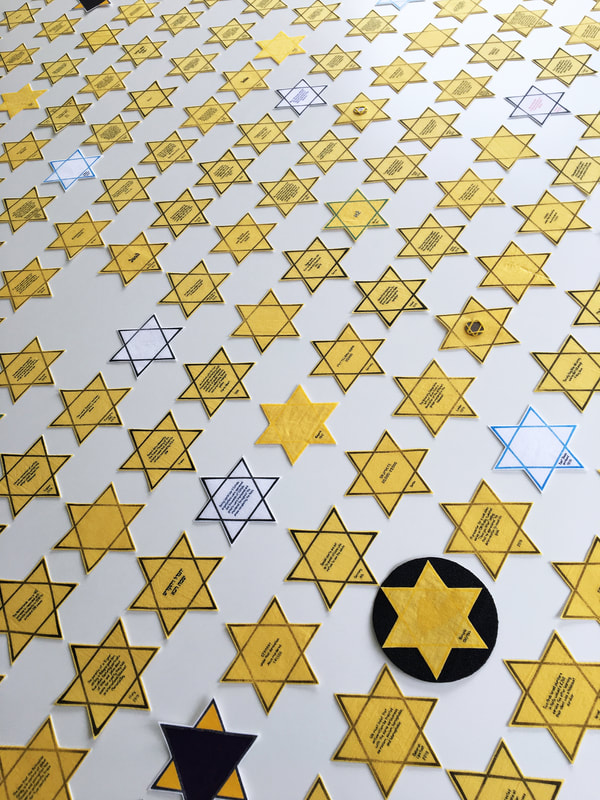
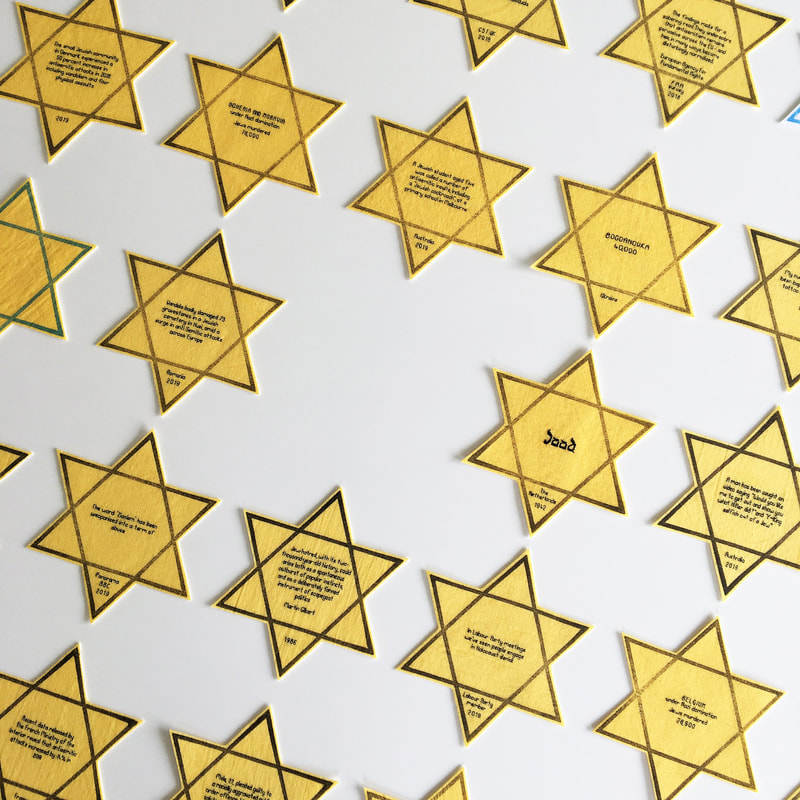
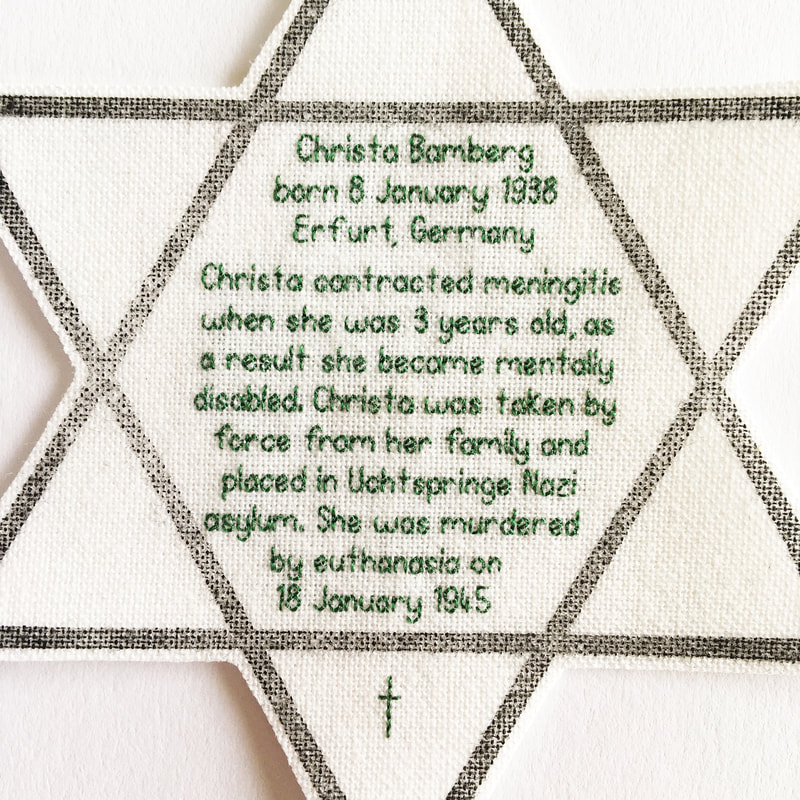
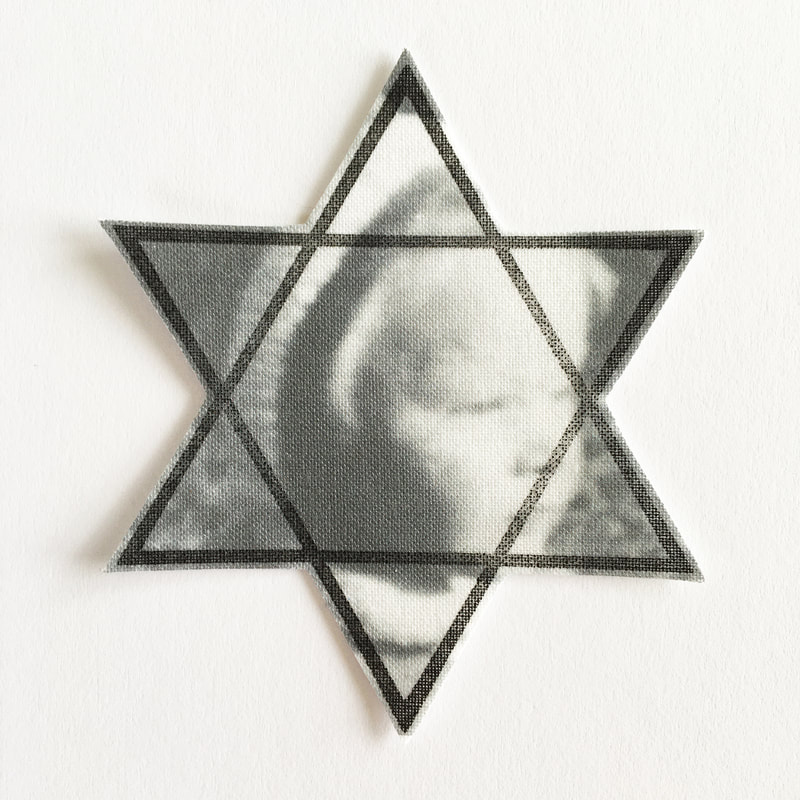
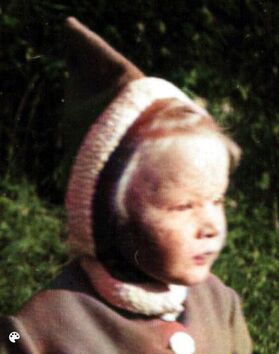
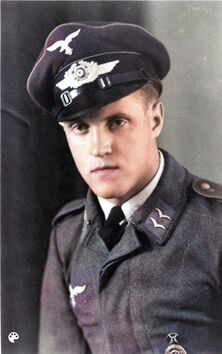
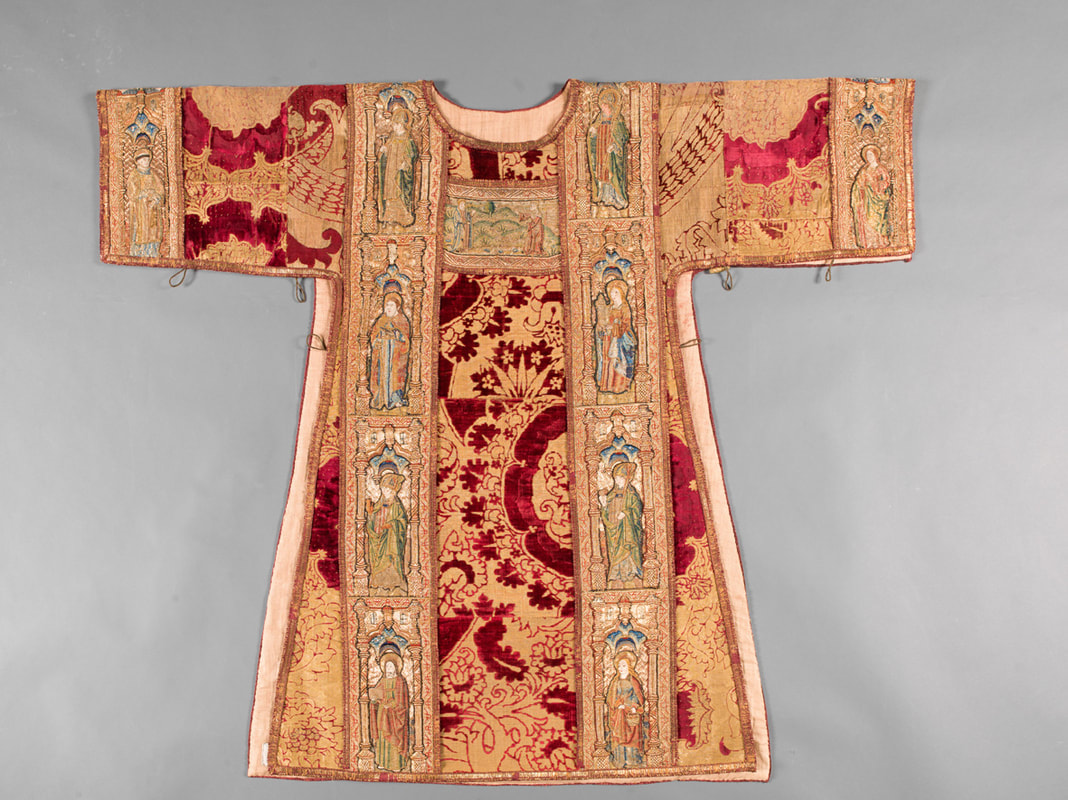
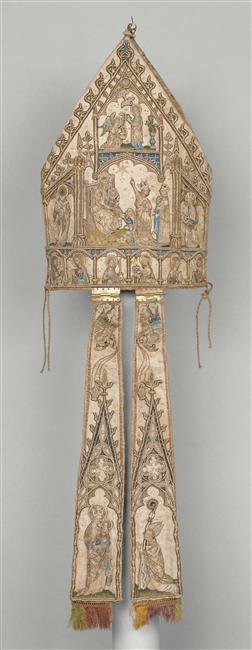
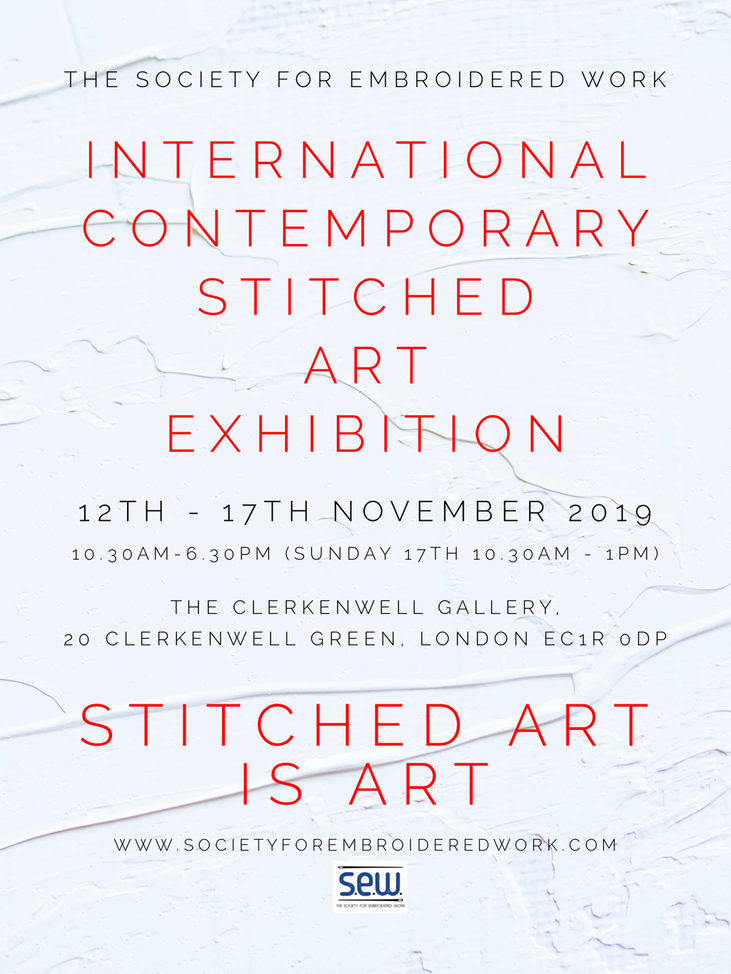
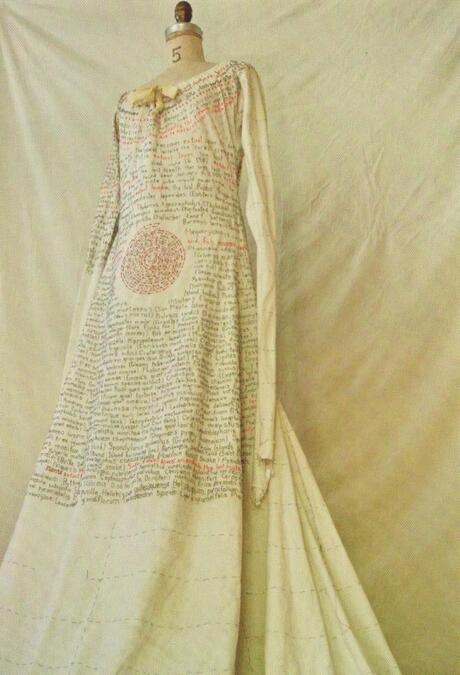
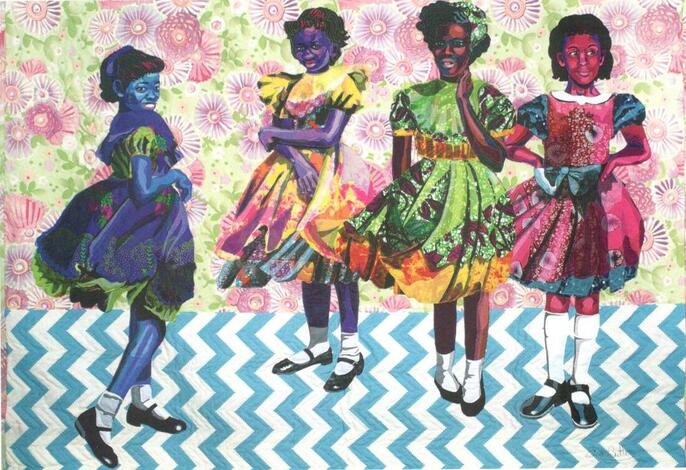
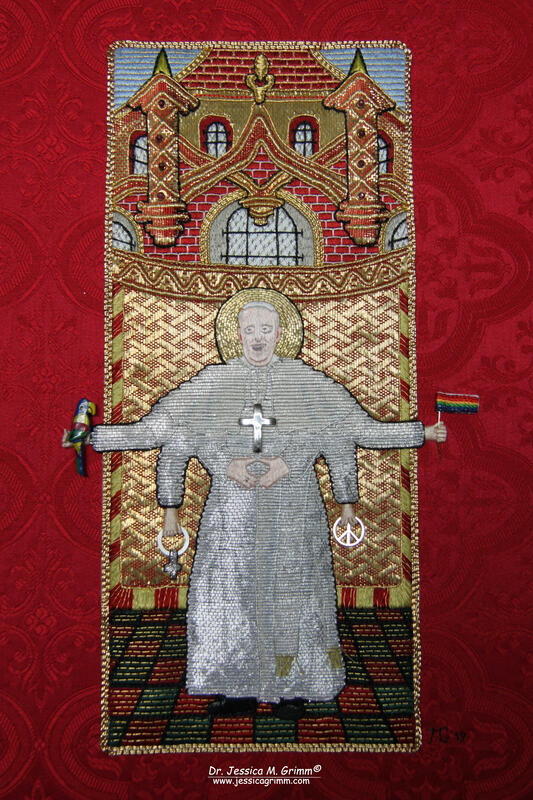
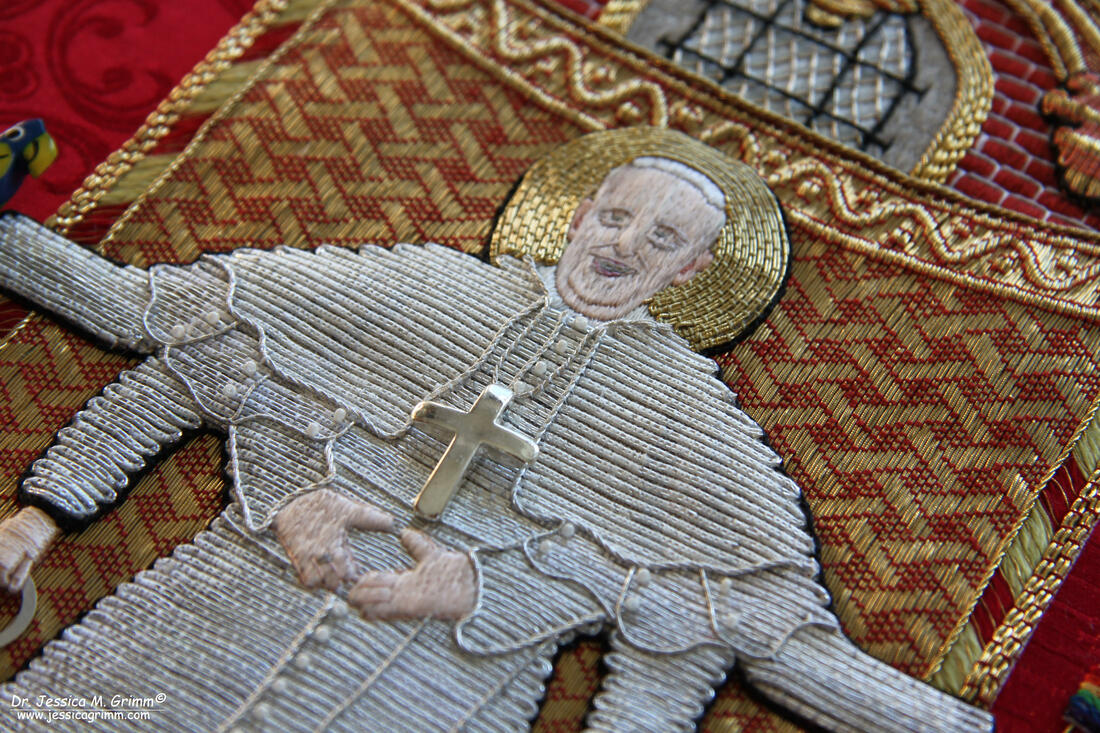
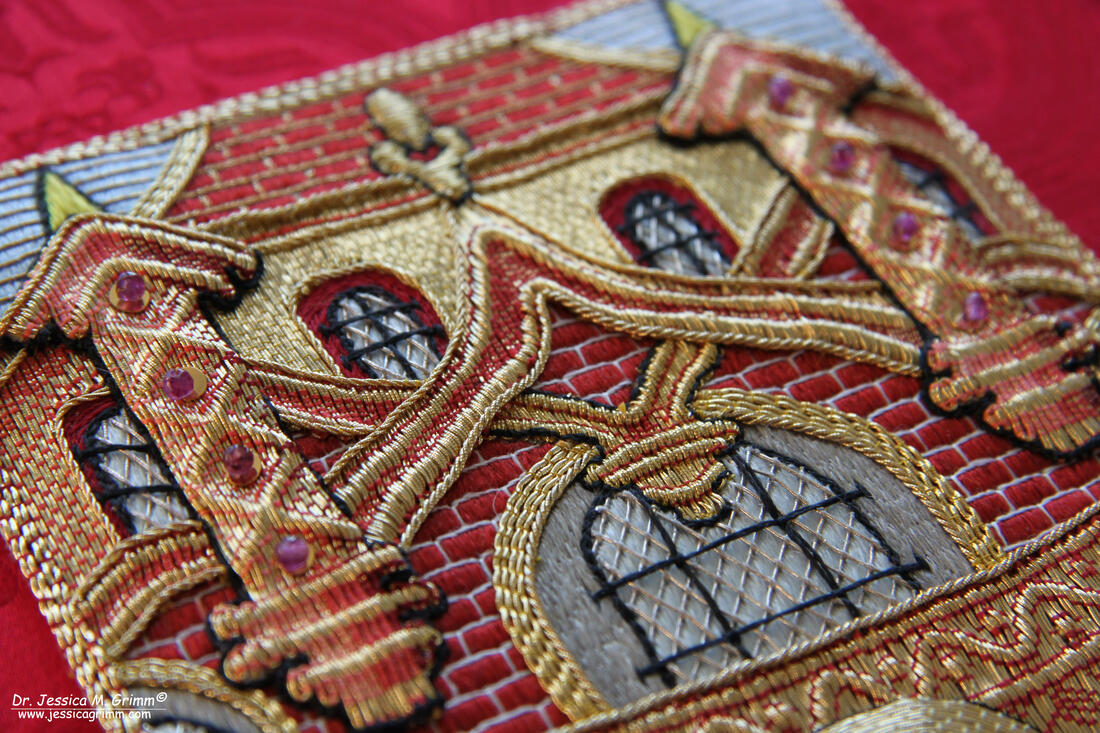
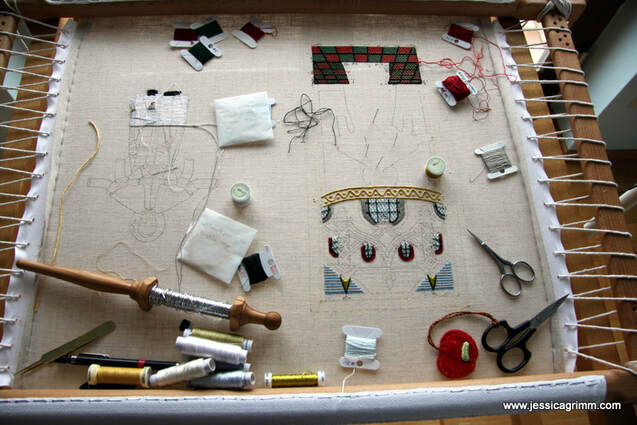
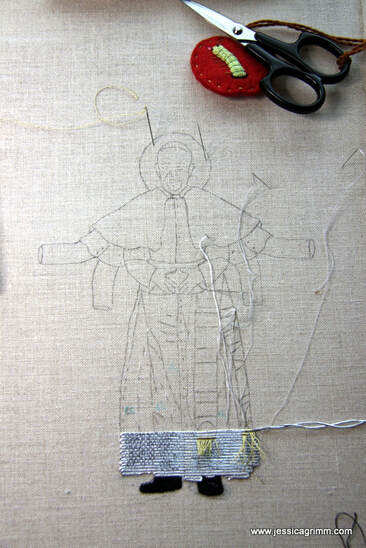
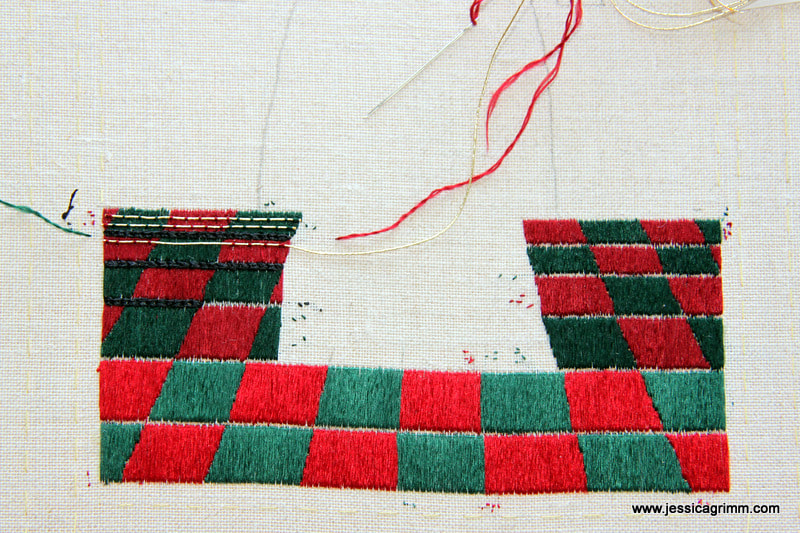
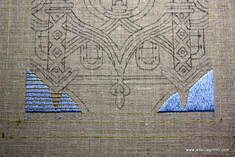
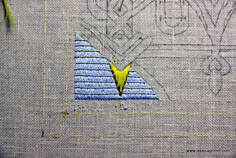
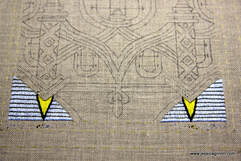





 RSS Feed
RSS Feed